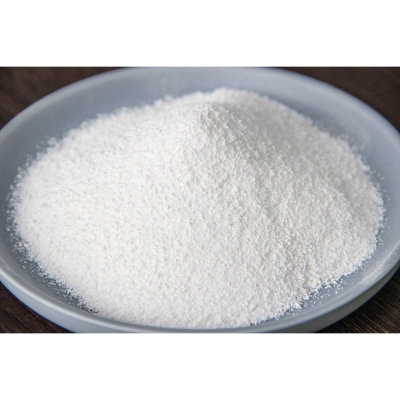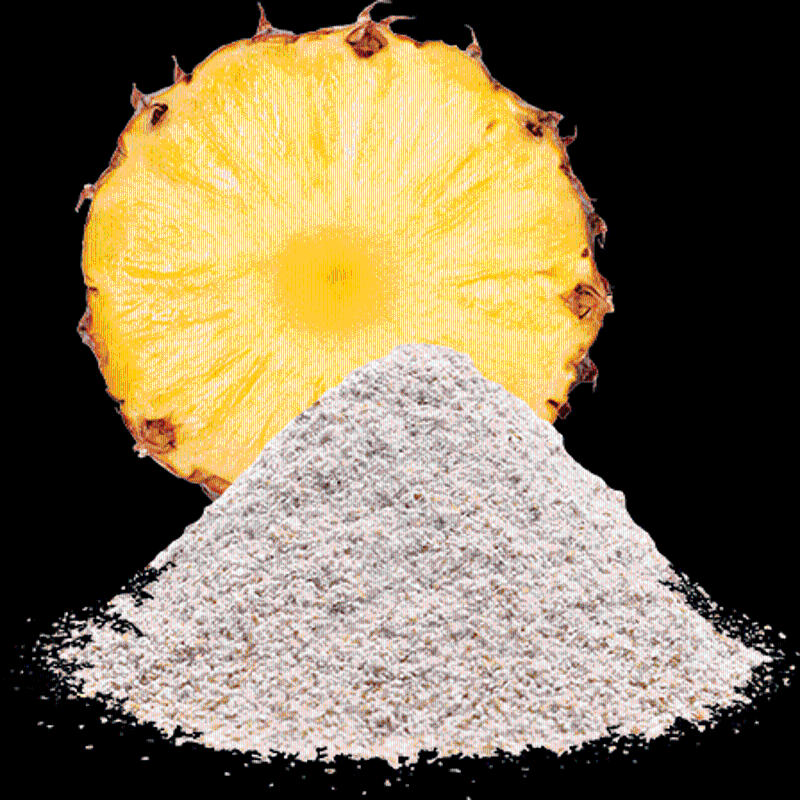-
Categories
-
Pharmaceutical Intermediates
-
Active Pharmaceutical Ingredients
-
Food Additives
- Industrial Coatings
- Agrochemicals
- Dyes and Pigments
- Surfactant
- Flavors and Fragrances
- Chemical Reagents
- Catalyst and Auxiliary
- Natural Products
- Inorganic Chemistry
-
Organic Chemistry
-
Biochemical Engineering
- Analytical Chemistry
-
Cosmetic Ingredient
- Water Treatment Chemical
-
Pharmaceutical Intermediates
Promotion
ECHEMI Mall
Wholesale
Weekly Price
Exhibition
News
-
Trade Service
The main advantage of the drop-off digital PCR detection method is that it can detect homologous gene mutations (including nucleotide deletions, insertions and substitutions) with a short genomic sequence in one reaction
The information in Figure 1 is described as follows:
A.
The drop off calculation method can be obtained in the following ways:
Loginor Whale, AS, et al, Biomol Derect Quantif 2016 27:.
Drop-off detection of KRAS, NRAS and EGFR hotspot mutations
In clinical applications, a set of predictive genetic markers are usually tested to track the effect of treatment
The information in Figure 2 is described as follows:
The 7 and 4 most common mutations in KRAS exon 12 and NRAS exon 3, and the reliability of the Drop-off test for the deletion of EGFR exon 19 were detected respectively
The information in Figure 3 is described as follows:
A.
Since there are many mutations in KRAS and NRAS mutation hotspots, and there are deletions or insertions of different lengths in exon 19 of EGFR, the drop-off experimental design has achieved rapid, economical, and effective use of the fewest kinds of probes.
Application highlights:
Drop-off digital PCR detection can simultaneously detect multiple mutations in hot spots of the genome.
Gene-π Digital PCR School:
More digital PCR technologies can be viewed at Gene-π Digital PCR School (Digital PCR School Quick Entry).
Contact us:







